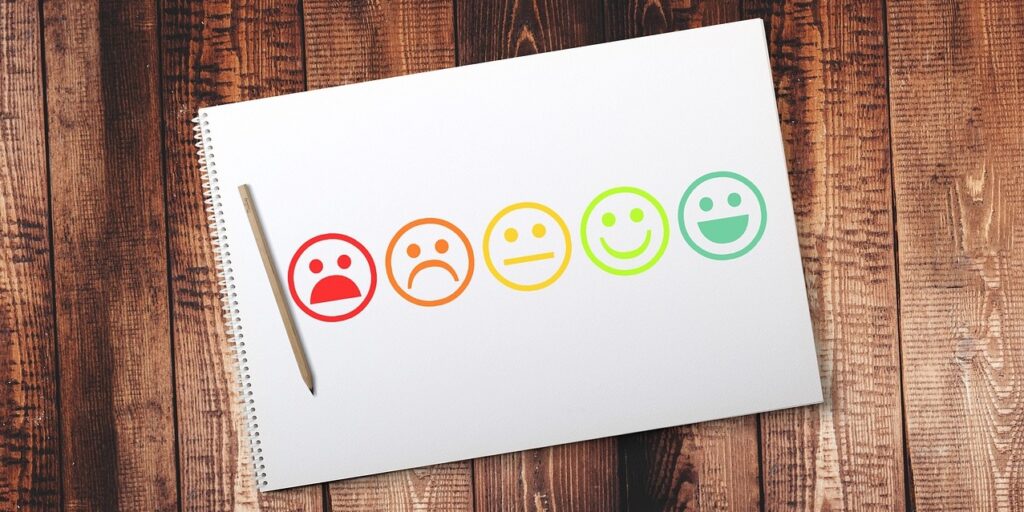23 Nov How (and why) to Develop a Service Recovery Program with Jeff Tobe

(from the NEW book: The CX Edge; Critical Customer Experience Questions to ATTRACT, KEEP and WOW Customers)
Who are your best customers? I’ll argue they’re your lost customers. No, the winter cold hasn’t frozen my brain; I left out a key phrase. Who are your best customers – to help you with business process and service improvement?
Every business loses customers. It’s a fact of business life. And the tendency may be, especially for organization management, to shy away from communicating with customers who have walked away. Yet, consider what a treasure chest of information those lost customers hold. There’s a reason those customers aren’t buying from you. The reason may be benign. For example, they’ve moved, their financial status has been shaken or their needs have changed. But, the reasons may be due to shortcomings in the way you do business or in the product or service they were buying from you. Wouldn’t you like to know? Perhaps a minor correction would regain the customer. Surprisingly, a lot of organizations act as if they couldn’t care less why customers are defecting.
Let me give you a personal example. Almost two years ago I purchased an espresso maker for my wife for Christmas. Being tight with a buck, I bought a refurbished unit from Overstock.com. That winter, we did a kitchen renovation so certain less critical items got boxed away, including the espresso maker. After resurfacing, we used it for another month, until the pump failed. Technically, it was out of warranty, but I felt it was reasonable to at least ask for special consideration. I wrote to the customer service manager. No response. I wrote to the Director of Customer Satisfaction directly and through the web site “contact us” feature – they would not give me the name of any senior officer. No response. I tried to fax the German headquarters’ customer service operation. The fax number on the web site didn’t work. I posted the letter. No response. (I should add that Overstock.com did respond with a $20 credit although they had no compunction to do so.)
When my wife asked me last month why I hadn’t just thrown out the now dust-covered espresso maker, I opted for one last shot. I went on line and found the name and address of the organization president. I created a succinct “Customer Centric Audit” pretending my experiences were part of an audit to measure how responsive Krups was to customers. (I explained the real situation in the Epilogue.) I printed it as a professional consultant’s report and sent it Priority Mail.
About two weeks later, I received a call from the customer service manager I first tried to contact. She has offered to fix or replace the machine. More interestingly, she thanked me for the feedback. She could not find my original letter and was surprised at the trouble I had just getting some type of response. I intend to pursue those conversations later. Last week we received the repaired machine.
How many of your customers would go this far to voice a complaint? Not many! (I justify this tenacity in the name of research, which has a germ of truth due to my business practice and academic research.) Research has shown that customers are twice as likely to voice a complaint when provided a toll free number, and, of course, customers are most likely to complain if asked if there’s a problem. Most important, customers who have had a complaint resolved effectively are more loyal than customers who have never had a complaint. That’s the reason for creating service recovery programs.

Look at your own organization and ask how easy you make it for customers to complain and what you do with complaint data. In other words, pretend you are a customer and do your own “customer-centric audit.” Your organization will fall into one of five distinct levels in complaint handling progression.
- No response to complaints
- Reactive response to complaints
- Systematic response to complaints
- Proactive complaint solicitation
- Feedback to process or product owners for root cause correction
Note that these are cumulative. As you move through the successive stages, the customer receives some attempt at recovery, at first reactively and proactively, the organization makes it easier to hear about complaints, and finally the full value of the complaint is leveraged through operational improvement.
It’s seems counter intuitive to want to hear more complaints, but we should! We can get more complaints by letting the customer know how to voice them. Now, you may be saying to yourself that “all I hear are complaints”. This is a good start. But, like a child who complains all of the time, we have to put parameters on how to voice complaints and to whom. Active solicitation of comments can best be done by contacting customers directly. Surveys after a completed transaction or scheduled event work best, depending upon the nature of your business with that customer. Today, it is important to have people who are dedicated to auditing comments about your organization on social media. Responsiveness is a key to service recovery. If we wait too long, it becomes harder to resolve an issue.
The key is to let the customer know that you want their feedback — and that you will act upon it. That last point is key. If you don’t provide service recovery and fix the underlying problem, the customer will be less likely to voice issues in the future. Also, remember to fix the problem and fix the customer. Included with our fixed espresso maker was a packing slip – no card or note. A small gesture could have remedied an upset customer’s attitude.
A business of any size can do this. While there are technology tools, for example, CustomerExpressions.com or SpartaSystems.com, that can assist moving to stage 5, the heart of this program is simply executing a well-defined and well-conceived process. Get those complaints rolling in! You may be amazed at what you learn.

JEFF TOBE
Professional speaker, trainer and author, Jeff Tobe M.Ed, takes organizations of 125+ employees through a one-year Customer Experience journey to make them the VENDOR of choice in their niche and the EMPLOYER of choice in their location. He is the author of the new book, “The CX Edge; Critical Customer Experience Questions to Help You ATTRACT, KEEP and WOW Customers” Reach out to Jeff at Jeff@JeffTobe. com or call 412-759-5319
Connect with Jeff


